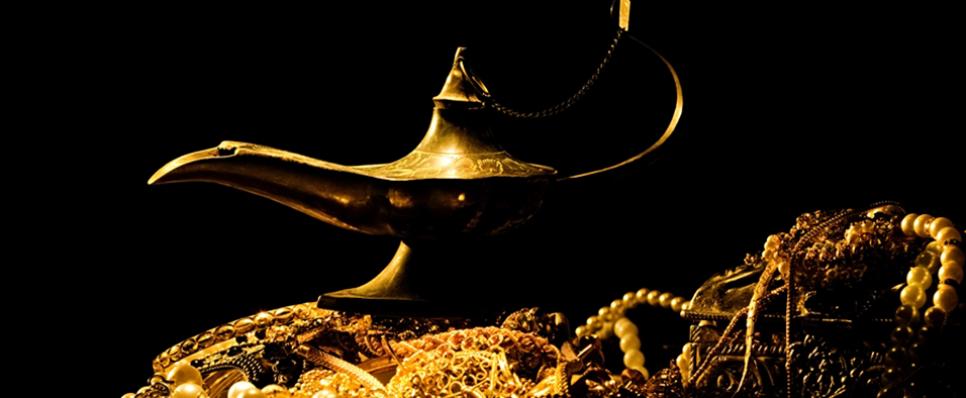Published: 28 Aug 2017
How gold was perceived in the Mughal era?

Coins often represent the power, religion and economy of the issuing dynasty or government. In India, coins issued by the imperial and middle kingdoms showcase their political ideologies and financial well-being, and were symbolic of the ruler’s hold over the empire and state. According to historians, coins first originated in the sixth century BC and have been extensively used in the Indian subcontinent.
The economically robust history of India boasts of coins from various wealthy dynasties and the British Raj. The most renowned of all the dynasties that ruled India were the Mughals. It is believed that Indian trade and the economy flourished during the Mughal era.
During this period, coins were first introduced by Sher Shah Suri who was the founder of Sur Empire and controlled the Mughal Empire between 1540 and 1545. Coins such as Dam and Mohur were issued and used widely.
Dam and Mohur were small copper coins, the gold coins and the silver coins were called as Rupiya. The Mohur was also known as Ashrafi, which was the equivalent of fifteen silver rupees and weighed around 10.95 grams. However, these coins of different metals were standardized across the monetary system by the later Mughal Emperors.
When Akbar was crowned the Emperor of the majestic Mughal dynasty, he used new designs and patterns that are considered to be the first invention of its kind in the coinage history of India. The lozenge-shaped coins issued during this period were adorned with unique design elements such as dotted borders, floral motifs and quatrefoils, and the numismatic calligraphy crafted on these coins represented the Islamic faith. Additionally, Akbar’s portrait-like gold coin is attributed to his son, Salim, who had presented this coin to Akbar as a symbol of reconciliation after his rebelling conflict.
Today, the gold Mohurs issued by the Mughals are the most sought-after collectibles and are often auctioned for a huge sum of money. These intriguing coins are also put on public display at various museums in India.











